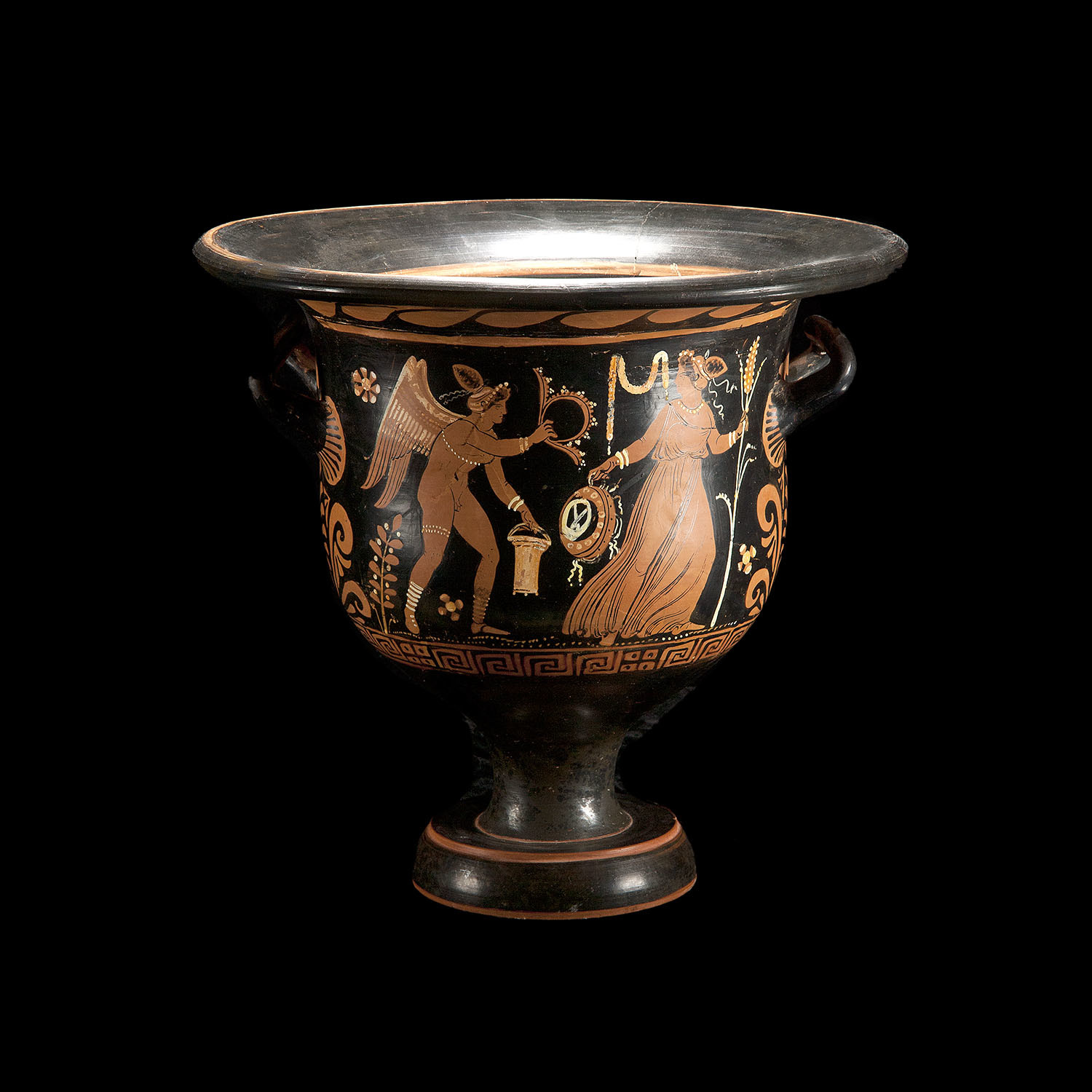- Nov 4, 2004
- 18,914
- 7,286
For this study, we will be using the book "Stories with Intent" by Klyne R. Snodgrass. You can pick a copy of his book up on Amazon for around $35 and is well worth the price.
Preface:
I did not intend to write such a long book or take so long doing it 12 years. The process became more important for me then the book. The longer I worked, the more I started to understand, and some of my best insights came in year 11 in the process. Any writing like this - and maybe all writings period - emerges from dissatisfaction. I was not satisfied with the numerous resources available on n parables. Reade- response approaches took the parables entirely out of the arena in which Jesus had placed them. Psychological and sociological approaches allowed the ideological concerns of the interpreter to dominate and domineer. Jesus parables have been commandeered to express whatever agenda people have. My book insists Jesus parables are stories with intent. You do not have the Liberty to make of them what you will. the question is not, "What does this story mean to me?" and it is not, "To what does each element of the story correspond?" The question is, "What was Jesus doing with this story?" Parables are chisels to create space and enable people to see and understand the in breaking of the Kingdom and a first century world. If that was Jesus intent, that needs to be our focus in interpreting. After that we can - and must talk extensively about what to do with the result. Jesus parables reveals his intent, but they still must be appropriated in our context.
Introduction (pg 2)
A parable is not merely a story. "Parable" in its broadest sense refers to an expanded analogy For example, God Forgives and receives sinners as a loving father forgives and receives a wayward son. Such analogies, first and foremost, are comparisons or contrast used to explain or convince. Parables, by their very nature seeking make a rhetorical point. Further, some parables are not stories at all. While the English world parable usually refers to a short narrative with 2 levels of meaning , the Greek and Hebrew words for parable, as we will see, are much broader and cover a variety of literary forms.
The parables of Jesus presuppose the Kingdom they seek to disclose. Imagine having only the stories of Jesus and no sense of their referent. The parable of the prodigal and his elder brother is moving only because of knowledge that the story mirror's God's reception of sinful people and contrast God's reception with the frequent disdain some people have for sinners.
Jesus is parables have been described as both works of art and weapons in his conflict with his opponents. They are both and more. From the day they were first told right to the present, they have brought delight in instruction to countless people and offense to others. Parables were the means Jesus used most frequently to explain the Kingdom of God and to show the character of God and the expectations that God has for humans. That message has often been subverted. Jesus' parables have been abused and forced to serve various purposes , from ancient theological purposes to modern ideological and pastoral ones. Some interpreters treat the parables like modeling clay to be shaped to the interpreters whim. Others attempt to domesticate the parables so that they always follow prescribed rules and give meanings we can tolerate. Neither approach will succeed. The intent of the teller, Jesus himself, with all the power and creativity of his teachings must be the goal of our interpretive work.
These are stories with intent, the communicative intent of Jesus. Anything else is a rewriting of Jesus is parables. The ancient church and modern Christians have often rewritten them to create a new intent. I do not seek the intent of the church, a psychologist, a sociologist, a feminist, or any other such a re-writings, common as they are. I seek to hear the intent of Jesus to his contemporaries, His disciples and his fellow Jews.
What is a Parable (page 8)
Parables function as a lens that allows us to see the truth and to correct distorted vision. They allow us to see what we would not otherwise see, and they presume we should look at and see a specific reality. They are stories with an intent, analogies through which one is an enabled to see truth. Except for five of Jesus is parable Their stories with two levels of meaning, the story level through which one see and the truth level, reality being portrayed.
The immediate aim of a parable is to be compelling, interesting, and in being interesting adverts attention and disarms. A parables ultimate aim is to awaken insight, stimulate the conscience, and move to action. The primary reason Jesus' parables are stories with intent is, as you will see, that they are prophetic instruments, the tool especially of those who have a message from God. They do not occur in sections of the Bible focused on Torah or history or in the writings of the early church. The are used by those who are trying to get God's people to stop, reconsider their ways, and change their behavior.
Stories with Intent: A Comprehensive Guide to the Parables of Jesus: Snodgrass, Klyne R.: 9780802842411: Amazon.com: Books
Stories with Intent: A Comprehensive Guide to the Parables of Jesus [Snodgrass, Klyne R.] on Amazon.com. *FREE* shipping on qualifying offers. Stories with Intent: A Comprehensive Guide to the Parables of Jesus
www.amazon.com
Preface:
I did not intend to write such a long book or take so long doing it 12 years. The process became more important for me then the book. The longer I worked, the more I started to understand, and some of my best insights came in year 11 in the process. Any writing like this - and maybe all writings period - emerges from dissatisfaction. I was not satisfied with the numerous resources available on n parables. Reade- response approaches took the parables entirely out of the arena in which Jesus had placed them. Psychological and sociological approaches allowed the ideological concerns of the interpreter to dominate and domineer. Jesus parables have been commandeered to express whatever agenda people have. My book insists Jesus parables are stories with intent. You do not have the Liberty to make of them what you will. the question is not, "What does this story mean to me?" and it is not, "To what does each element of the story correspond?" The question is, "What was Jesus doing with this story?" Parables are chisels to create space and enable people to see and understand the in breaking of the Kingdom and a first century world. If that was Jesus intent, that needs to be our focus in interpreting. After that we can - and must talk extensively about what to do with the result. Jesus parables reveals his intent, but they still must be appropriated in our context.
Introduction (pg 2)
A parable is not merely a story. "Parable" in its broadest sense refers to an expanded analogy For example, God Forgives and receives sinners as a loving father forgives and receives a wayward son. Such analogies, first and foremost, are comparisons or contrast used to explain or convince. Parables, by their very nature seeking make a rhetorical point. Further, some parables are not stories at all. While the English world parable usually refers to a short narrative with 2 levels of meaning , the Greek and Hebrew words for parable, as we will see, are much broader and cover a variety of literary forms.
The parables of Jesus presuppose the Kingdom they seek to disclose. Imagine having only the stories of Jesus and no sense of their referent. The parable of the prodigal and his elder brother is moving only because of knowledge that the story mirror's God's reception of sinful people and contrast God's reception with the frequent disdain some people have for sinners.
Jesus is parables have been described as both works of art and weapons in his conflict with his opponents. They are both and more. From the day they were first told right to the present, they have brought delight in instruction to countless people and offense to others. Parables were the means Jesus used most frequently to explain the Kingdom of God and to show the character of God and the expectations that God has for humans. That message has often been subverted. Jesus' parables have been abused and forced to serve various purposes , from ancient theological purposes to modern ideological and pastoral ones. Some interpreters treat the parables like modeling clay to be shaped to the interpreters whim. Others attempt to domesticate the parables so that they always follow prescribed rules and give meanings we can tolerate. Neither approach will succeed. The intent of the teller, Jesus himself, with all the power and creativity of his teachings must be the goal of our interpretive work.
These are stories with intent, the communicative intent of Jesus. Anything else is a rewriting of Jesus is parables. The ancient church and modern Christians have often rewritten them to create a new intent. I do not seek the intent of the church, a psychologist, a sociologist, a feminist, or any other such a re-writings, common as they are. I seek to hear the intent of Jesus to his contemporaries, His disciples and his fellow Jews.
What is a Parable (page 8)
Parables function as a lens that allows us to see the truth and to correct distorted vision. They allow us to see what we would not otherwise see, and they presume we should look at and see a specific reality. They are stories with an intent, analogies through which one is an enabled to see truth. Except for five of Jesus is parable Their stories with two levels of meaning, the story level through which one see and the truth level, reality being portrayed.
The immediate aim of a parable is to be compelling, interesting, and in being interesting adverts attention and disarms. A parables ultimate aim is to awaken insight, stimulate the conscience, and move to action. The primary reason Jesus' parables are stories with intent is, as you will see, that they are prophetic instruments, the tool especially of those who have a message from God. They do not occur in sections of the Bible focused on Torah or history or in the writings of the early church. The are used by those who are trying to get God's people to stop, reconsider their ways, and change their behavior.





